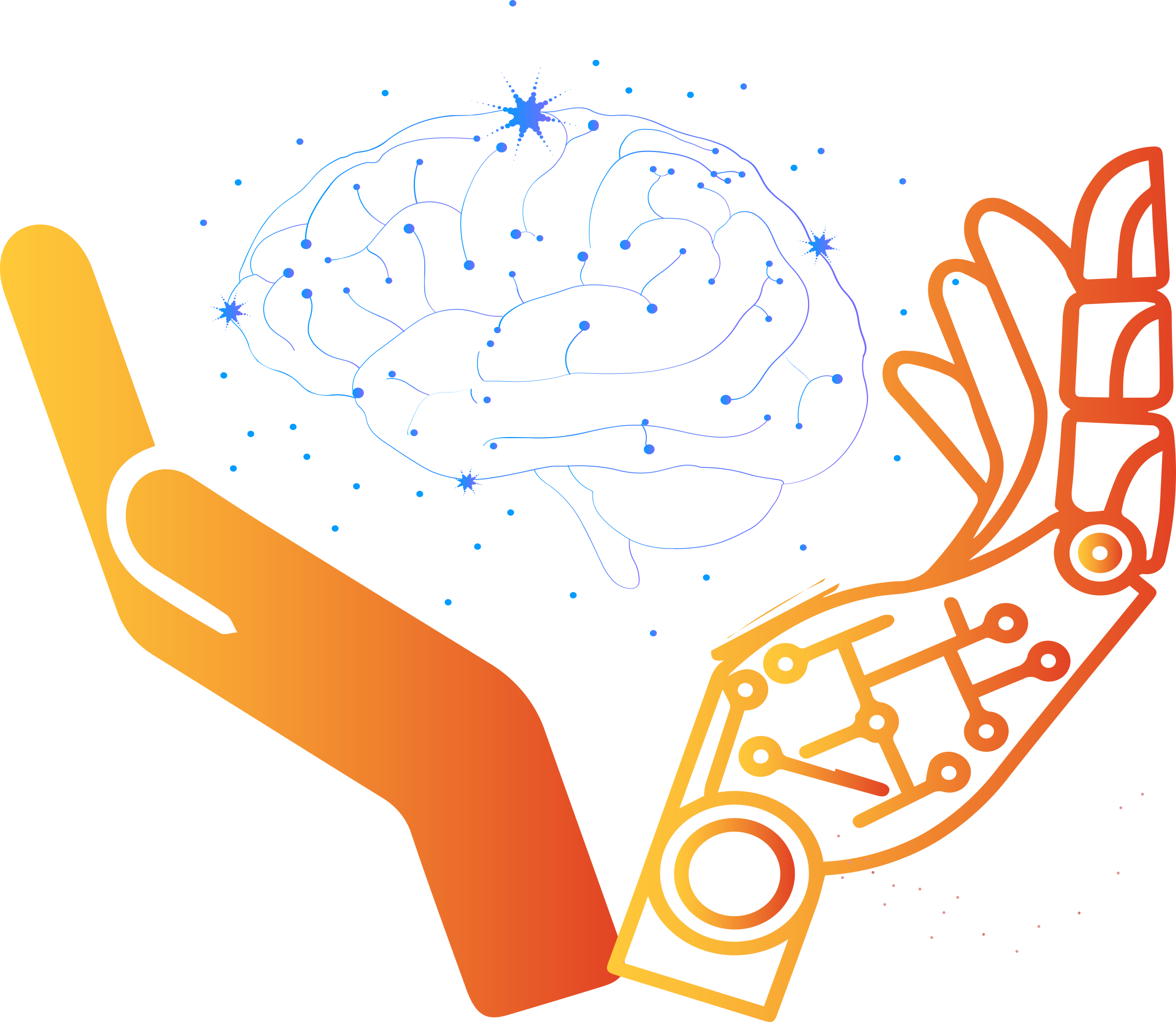Social Robots: Bridging the Gap Between Humans and Technology
In recent years, there has been a growing interest in social robots, which are robots designed to interact and communicate with humans in social and emotional ways. Social robots are equipped with sensors, cameras, microphones, and artificial intelligence (AI) algorithms that enable them to perceive and respond to human emotions, gestures, and speech. These robots have the potential to revolutionize various aspects of society, including healthcare, education, customer service, and social interactions. In this blog, we will explore the concept of social robots, their applications, and ethical considerations.

What are Social Robots?
Social robots are robots that are designed to interact with humans in social and emotional ways, mimicking human-like behaviors and communication. Social robots can engage in conversations, recognize facial expressions, and respond to voice commands, making them capable of providing social interactions that resemble human-to-human interactions. Social robots can come in various forms, including humanoid robots, animal-like robots, and virtual robots that exist purely in the digital realm.
Applications of Social Robots
Healthcare: Social robots are being utilized in healthcare to provide companionship, emotional support, and cognitive assistance to patients with conditions such as dementia, autism, and mental health disorders. These robots can engage in conversations, play games, and provide reminders for medication and appointments, improving the quality of life for patients and reducing the burden on healthcare providers.
Education: Social robots are being used in the field of education to enhance learning experiences for students. These robots can serve as tutors, providing personalized instruction, and feedback to students. They can also facilitate group activities, encourage collaboration, and provide a fun and engaging learning environment for students of all ages.
Customer Service: Social robots are being used in customer service roles in retail, hospitality, and other service-oriented industries. These robots can provide information, answer questions, and assist customers with their needs, improving customer satisfaction and reducing the workload of human staff.
Social Interactions: Social robots are being used in social settings, such as events, exhibitions, and public spaces, to engage with people and provide entertainment. These robots can perform dances, play music, and interact with people in a social and interactive manner, enhancing the overall experience of the event.

Ethical Considerations of Social Robots
While social robots offer numerous benefits, there are also important ethical considerations that need to be addressed. Some of the key ethical concerns associated with social robots include:
Privacy and Data Security: Social robots may collect and store personal data, including facial recognition, voice recordings, and other sensitive information. It is crucial to ensure that this data is protected, and privacy rights of individuals are respected. Data security measures should be in place to prevent unauthorized access and use of personal information.
Autonomy and Dependence: Social robots have the potential to create dependency and affect human autonomy. In healthcare settings, for example, patients may become overly reliant on social robots for emotional support, leading to a potential loss of human-to-human interactions. It is essential to strike a balance between the use of social robots and human interactions to maintain human autonomy and ensure that social robots do not replace human relationships.
Bias and Fairness: Social robots are programmed with AI algorithms that may have biases, leading to unfair treatment of certain individuals or groups. It is crucial to ensure that social robots are trained and programmed to be fair and unbiased in their interactions with humans, regardless of their gender, race, age, or other demographic characteristics.
Ethical Design and Use: The design and use of social robots should adhere to ethical principles and guidelines, including transparency, accountability, and respect for human rights. Ethical considerations should be taken into account in the development, deployment, and use of social robots to prevent potential harm or misuse.
Job Displacement and Economic Impact: The widespread adoption of social robots in various industries may lead to job displacement and economic impact. It is crucial to consider the potential consequences on the workforce and economy and take appropriate measures to mitigate any negative effects, such as training programs for affected workers.
Conclusion
Social robots have the potential to revolutionize various aspects of society, from healthcare and education to customer service and social interactions. They can provide improved social interactions, enhance care giving and support, offer personalized assistance, and increase efficiency in different industries. However, it is crucial to address the ethical considerations associated with social robots to ensure responsible development, deployment, and use. While, privacy, autonomy, bias, ethical design, and economic impact are some of the key areas that need to be carefully considered. In this way, we can harness the power of social robots to bridge the gap between humans and technology in a responsible and beneficial manner.

